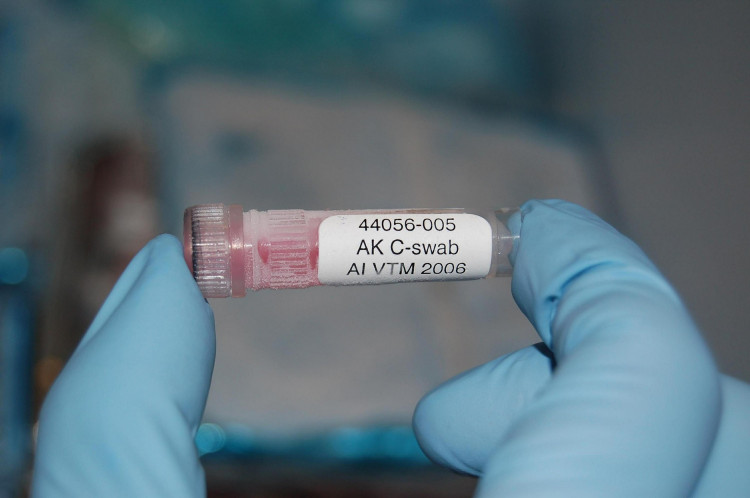Approximately 70 dairy farm workers in Colorado are being monitored for possible symptoms of avian flu after being exposed to the virus while working at two dairy farms in the state. The Colorado Department of Public Health and Environment (CDPHE) confirmed on Friday that none of the workers are currently reporting symptoms of infection, but the agency will coordinate testing and ensure flu antiviral drugs are available to those who develop symptoms.
The U.S. Department of Agriculture (USDA) first detected bird flu in a Colorado dairy herd on April 25, with a second herd testing positive on Wednesday. This follows the discovery of the virus in a Texas dairy herd in late March, where one person became mildly symptomatic, marking the first known case of this particular strain of the virus being transmitted from another mammal to a human.
Highly Pathogenic Avian Influenza (HPAI) H5N1 is highly contagious and often deadly in birds, and can be easily transmitted between domestic poultry and wild birds. While the term "highly pathogenic" refers to the severe impact on birds, the potential for pandemic levels of bird flu in humans exists. A 2023 study found that severe infections can cause human death at a high rate, with four out of six unvaccinated laboratory monkeys dying after inhaling an aerosol dose of the virus.
According to the Center for Disease Control and Prevention (CDC), human infections with avian influenza viruses can occur when the virus enters a person's eyes, nose, or mouth, or is inhaled through droplets, small aerosol particles, or possibly dust contaminated by the virus.
To date, 42 dairy herds in nine states have tested positive for the virus. While the USDA has declared the nation's milk supply to be safe after finding only "fragments" of the virus in pasteurized milk, it continues to conduct regular tests and has issued an order requiring the testing of any lactating dairy cattle that cross state lines.
The USDA is offering up to $28,000 in support to each of the affected dairy farms and their workers, which can be used for personal protective equipment, enhanced biosecurity measures, increased veterinary costs, and heat treatment systems to deactivate the virus in disposed milk. The agency is also taking steps to make funding available to compensate dairy farmers for the loss of milk production attributable to the virus.
The transmission of the disease to dairy cattle has not been confirmed, but bird flu has proven fatal to several cats on dairy farms in Texas, New Mexico, and Ohio that tested positive for the virus, according to the American Veterinary Medical Association.
As the world continues to grapple with the ongoing bird flu pandemic, which has devastated bird populations and is now infecting mammals, concerns are growing about the potential for human-to-human transmission. Experts are closely monitoring the situation and working to assess the risk the current strain of H5N1 might pose to humans.
Governments face difficult decisions when it comes to balancing the economic cost of vaccines against ensuring readiness for a potential outbreak. While the world has recent experience with large-scale vaccination programs due to the Covid-19 pandemic, the production of H5N1 vaccines poses significant technical challenges, and the global capacity for manufacturing flu vaccines may need to be expanded to meet demand in the event of a pandemic.






